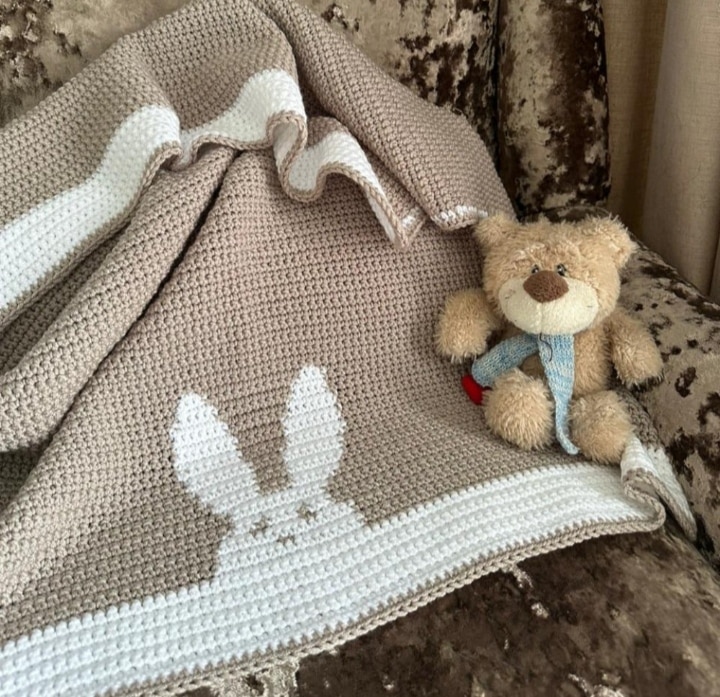Wool is amazing. The history of wool is super fascinating, so let’s dig into it a little more so you can appreciate this beautiful product.
Throughout history, people have been shearing sheep for their wool to create a variety of fabrics and produce clothing, blankets, and other textiles. It’s pretty cool to think that the remarkable qualities of wool clothing facilitated the survival of the human race.
Wool has a long and fascinating history that dates back to recorded history some 8,000 years ago. The first sheep lived in Northern Europe and were used by indigenous peoples for many reasons, including food and wool. People originally made primitive clothing by hand before inventing the primary spindle, which simplified and quickened the spinning process.
Over time, woolly sheep became prominent as they were selectively bred to produce a diverse variety of breeds which grew the finest and warmest wool coats. With the beginning of the Iron Age, the first iron shears were introduced, making getting wool off the sheep less complicated and faster. This change caused the wool industry to begin to flourish and spread.
Wool became more popular as it became easier to get. People used wool for its warmth, especially in the northern regions of Europe. Royalty, commoners, and slaves alike wore wool for its unique properties. Its versatility put it into any garment that was needed. Sheep mobility also increased the demand for wool, and herding became a desirable profession as sheep didn’t require much maintenance or labour.
Wool became a lucrative industry because many people worldwide sought it out. Many business deals were conducted in wool, and wool trading became a popular import and export of the age. The increasing trends of wool’s popularity increased global trading. Wool expansion continued for centuries without much change, and it remained one of the most desired textiles in all of Europe and continued to spread to neighbouring countries.
However, taxes took the momentum from the wool industry. Other (cheaper) textiles became more widely used. Sheep owners figured out how to use wool to create a similar fabric, which raised the need for wool again. In the 1700s, European tradesmen began to take their sheep and wool products to other parts of the world. Around this time, sheep’s wool made it to South Africa and Australia. Eventually, wool production even went to America, where it thrived.
Sadly, wool has recently declined in popularity due to the introduction of synthetic fibres. But let’s be honest, traditional wool is still the best for warmth and durability. So next time you’re snuggled up in your favourite wool sweater, take a moment to appreciate the long and fascinating history behind the fabric!
Wool is still a remarkable material with unique properties, even though it has declined in popularity due to the introduction of synthetic fibres.
But don’t worry, because Moksi has you covered with their handmade wool products! Each item is crafted with care and attention to detail, making them the perfect addition to any home or outfit.
Firstly, the fabulous Boho Stripe Blanket, created by Liewe Hekel, is a unique addition to any room. The combination of dark grey, light grey, and corn adds texture to your styling. Made with imported wool in an acrylic and polyamide blend, this blanket is designed to last.

Secondly, the Baby Bunny Blanket, also created by Liewe Hekel, is a perfect gift for both boys and girls. Crocheted with imported high-quality wool with a cashmere feel, this blanket is designed to become an heirloom in the family. It can be made in different colours, and it is machine washable.

Lastly, the Anna Magdalena Small Tote Handbag, an exclusive range by Liewe Hekel, is an excellent accessory for any event. It is uniquely handmade and named after the creator’s mother, who was one of a kind. This perfect little bag is available in as many options as there are colours in the rainbow. Contact Liewe Hekel for your unique creation.

So next time you’re snuggled up in a wool blanket, remember the fascinating history behind this incredible material and the fantastic sheep that make it all possible!
Source for blog: https://www.raisingsheep.net/history-of-wool

